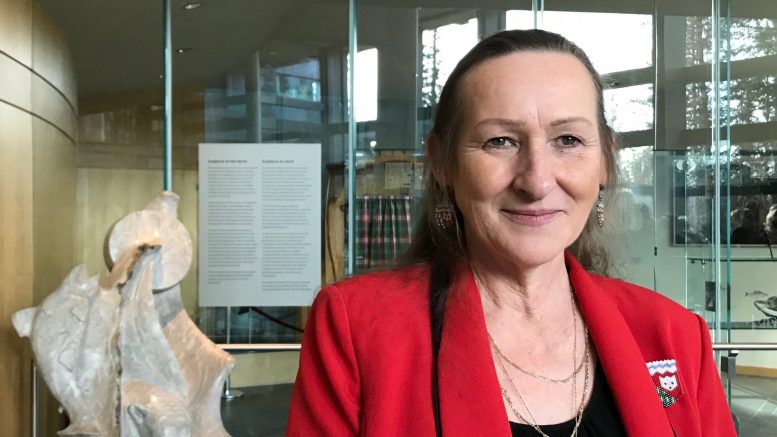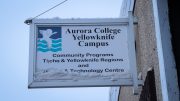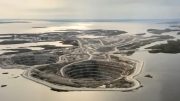NWT residents in need of a haircut will need to let their locks grow a little longer.
But they can take comfort in knowing hair salons and similar businesses are likely going to be among the first to open once allowed.
During a news conference on Tuesday morning, Premier Caroline Cochrane said health officials continue to monitor the border and see if there are any cases of community spread in the NWT.
“If we can make sure that community spread is contained and that we’re not at risk then (Chief Public Health Officer Dr. Kami Kandola) will be looking at some of the businesses that are vital to people,” said Cochrane.
The businesses would be allowed to open “as long as they have the proper protective equipment,” but the premier didn’t say how long that might take.
CKLB is also waiting to hear back on whether the territorial government is willing to provide the necessary protective equipment to business owners that want to re-open.
Cochrane said Dr. Kandola will be implementing a phased approach to easing the current public health orders, with more information coming by the end of the week.
“It will not be all is normal,” said the premier. “We need to make sure that we do this slowly, that we’re responsible and that we maintain covid-19 as best as possible.”
Quick-result tests unreliable
Health officials have said that gathering real-time testing data may be crucial to easing the public health orders.
That was supposed to come through new technologies that give COVID-19 test results in less than an hour. However, one of those technologies that the territorial government was banking on, the Spartan Cube, has been deemed unreliable by Health Canada.
The GNWT was expecting seven of these cubes, about the size of coffee cups, and would send them out to the regional centres. Having this information would have made it easier to respond more accurately if there was an outbreak in a specific part of the territory.
CKLB asked Premier Cochrane whether her government was looking for an alternative to send out to regional centres.
She simply said the GNWT is working with federal and provincial counterparts to ensure it has the necessary supplies.
CKLB followed up with the Department of Health and Social Services for more information on mobile testing units.
David Maguire, the department’s communications manager, said there are two GeneXpert Xpress units at the Stanton Territorial Hospital in Yellowknife, with four more on the way.
“Each device can process 4 tests in each ‘cycle’, each cycle takes one hour,” said Maguire in an email. “At this point the limitation is not the devices or their capacity to run tests, but the consumable materials needed for each test. The GeneXpert requires a proprietary ‘cartridge’ into which the swab is placed for processing. Each individual test requires one swab and one cartridge. The cartridges, and swabs, are a consumable so you need a ready supply of them. These consumables are short supply nationally.”
Maguire added all the units will be staying at Stanton hospital because “they need to be installed in a site with a certain level of lab services/expertise.”
Timeline unclear for detailed recovery plan
The premier also addressed issues with the recovery plan she and other officials presented to regular MLAs last week.
At the time, many MLAs said the plan lacked details as to what the NWT’s recovery from COVID-19 would look like.
Cochrane defended the presentation, explaining it was just the template to how her government will go about recovery.
“If we would have given a detailed plan and said this is exactly what we’re doing, how much money we’re spending on it, you could bet that the public, and rightly so, and MLAs would be very upset with us for outlining a plan without their input,” said the premier.
The presentation outlined the creation of a handful of committees to represent various interests, including businesses, Indigenous governments and social services.
Below is the premier’s convoluted answer to when residents may see a detailed recovery plan.
“We’re getting things in place now. This will be a long-term plan action plan. COVID-19 is going to be with us for quite a while, this isn’t going to be something that’s done in two weeks. However in saying that, it’ll be a long-term plan, however we need to have some immediate goals. We’re in the process of finding out where we are with businesses now, we’ve sent a survey across to people, we’ve been engaging Indigenous governments on a weekly basis, we’re starting to pull in NGOs. Because we need to know what the impacts are now, so we can start lobbying the federal government more. We’ve been kind of piecemeal lobbying the government and that’s not appropriate.”
Updated May 5, 4 p.m, to reflect the comments from the Department of Health and Social Services.









